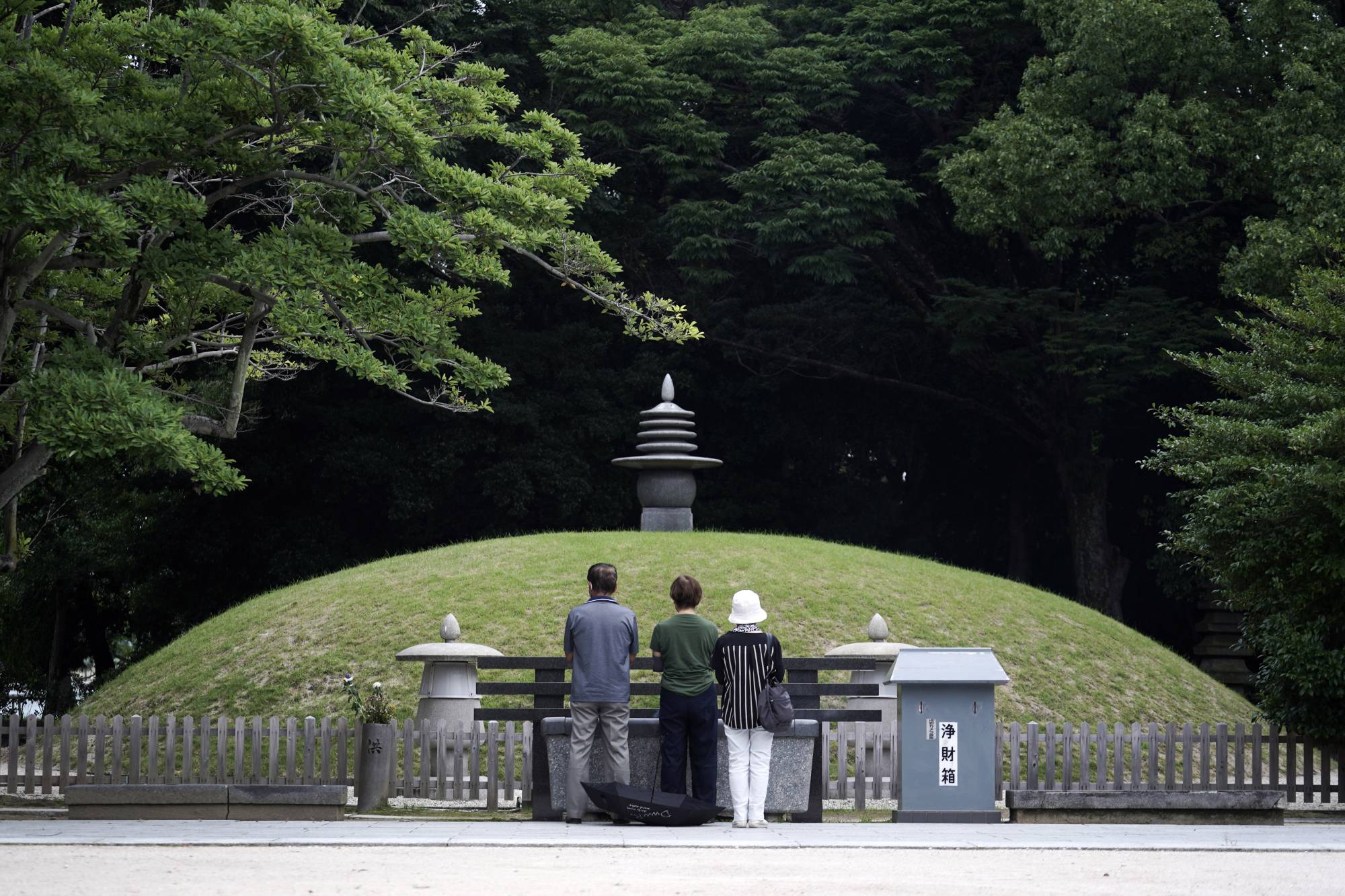Seventy-five years after the bombing of Hiroshima and Nagasaki put beyond argument that nuclear weapons are the most indiscriminately inhumane ever devised, the distressing reality is that the risk of nuclear catastrophe is as great as it has ever been, and the goal — shared by all members of the Asia-Pacific Leadership Network for Nuclear Non-Proliferation and Disarmament (APLN) — of achieving their elimination from the face of the Earth is as far from achievement as it has ever been.
Existing nuclear arms control agreements are dead or dying. There is no prospect whatever of any nuclear-armed state joining the Nuclear Ban Treaty. There has been no progress on moderating the salience of nuclear weapons in strategic doctrines. There have been no advances on "no first use," "negative security assurances," "de-alerting" or serious stockpile reduction — all long-standing goals of the APLN. Hopes of progress on denuclearizing the Korean Peninsula have stalled, and all six nuclear-armed states in the Asia-Pacific region are increasing their nuclear profile.
No action on disarmament by the nuclear weapons states means that commitment to the Nuclear Non-Proliferation Treaty (NPT) remains fragile, and efforts to strengthen it impossible. The reality remains, as stated over the decades by successive international commissions, that as long as any state has nuclear weapons, others will want them; as long as any nuclear weapons remain they are bound one day to be used, by accident or misadventure if not design; and any such use would be catastrophic for life on this planet as we know it.



















With your current subscription plan you can comment on stories. However, before writing your first comment, please create a display name in the Profile section of your subscriber account page.